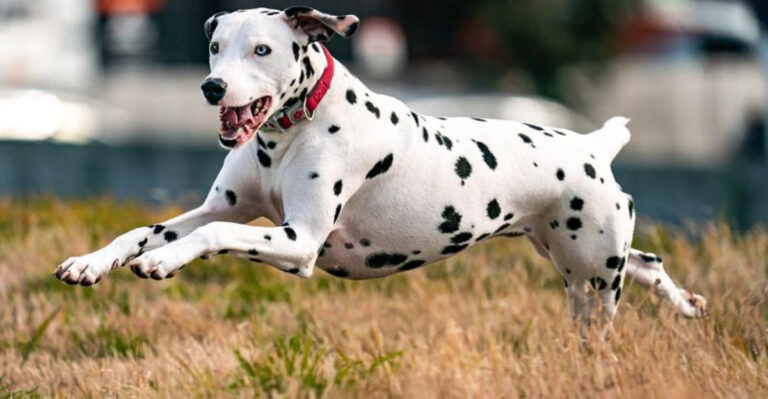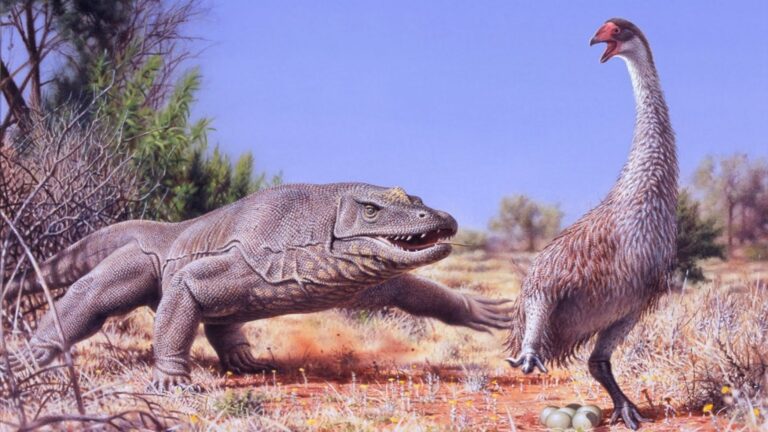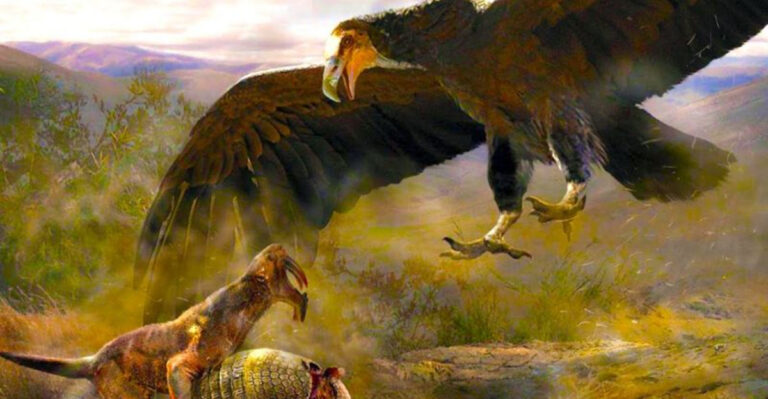New Discovery Reveals Why Dinosaurs Reached Massive Sizes
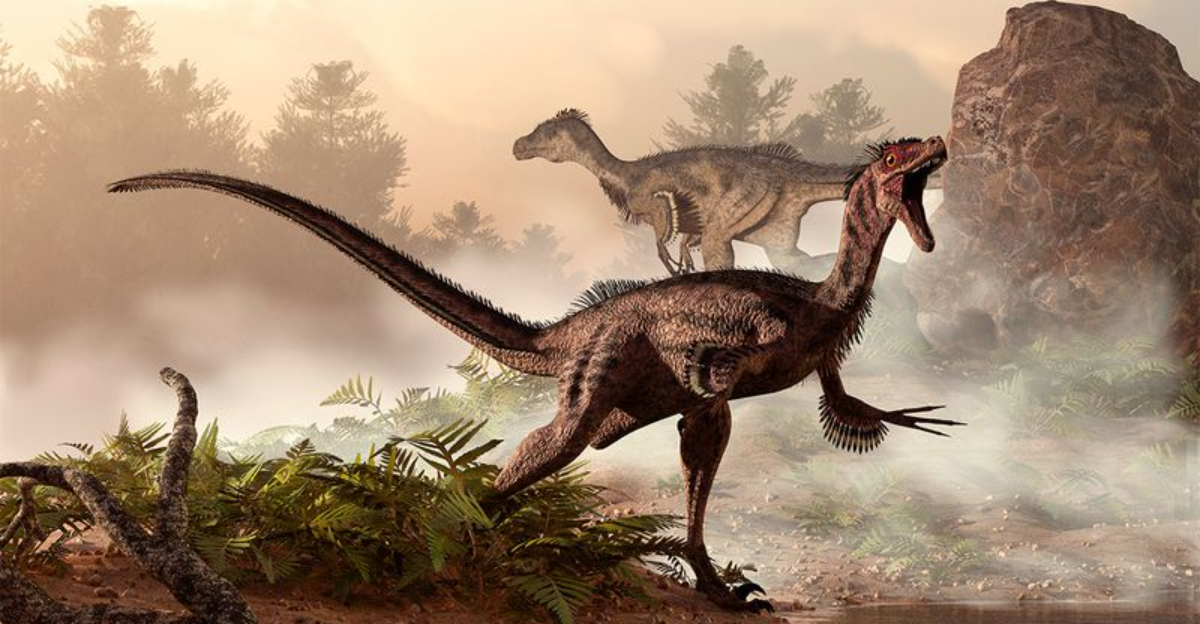
Have you ever wondered how dinosaurs grew to be so enormous? Scientists have recently uncovered fascinating evidence about the respiratory systems of early dinosaurs that explains their incredible growth.
This breakthrough centers around air sacs – special adaptations that helped these prehistoric giants breathe more efficiently and ultimately reach their massive sizes.
1. The Role Of Air Sacs In Dinosaur Gigantism
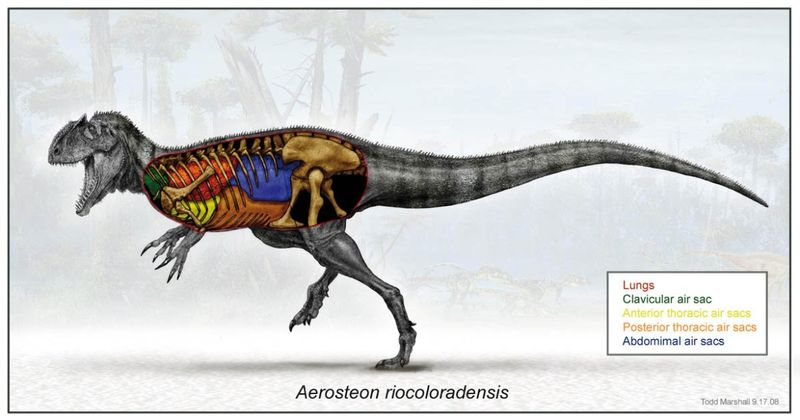
Ancient dinosaurs had a secret weapon for growing huge – an advanced breathing system with specialized air sacs. Unlike mammals who use lungs alone, these air sacs created a one-way flow of oxygen through their bodies.
This super-efficient system delivered more oxygen with each breath, fueling faster metabolism and enabling bigger body sizes. Think of it as an evolutionary supercharger that helped turn small reptiles into towering giants!
2. How Air Sacs Helped Dinosaurs Breathe And Grow

Air sacs worked like natural bellows, constantly pumping fresh oxygen through dinosaur bodies even during exhaling. Regular lungs waste half their breathing cycle, but dinosaurs got oxygen continuously.
This constant oxygen supply powered faster growth rates and supported larger body sizes. The bigger they grew, the more they benefited from this system – creating a feedback loop that pushed their evolution toward gigantism.
3. Macrocollum Itaquii: The Dinosaur That Changed Everything
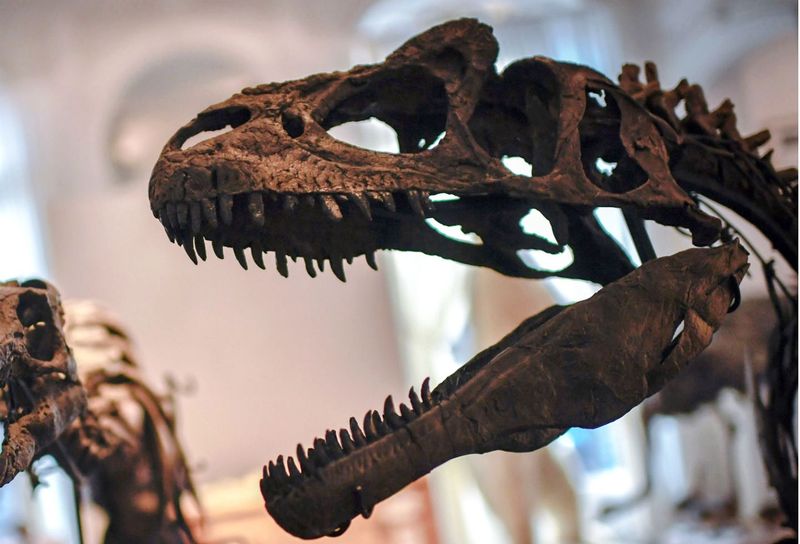
Found in Brazil, this long-necked dinosaur from 225 million years ago shocked scientists with evidence of air sacs in such an early species. Before this discovery, researchers thought advanced breathing evolved much later.
Standing just 11 feet tall, Macrocollum wasn’t huge itself, but carried the evolutionary blueprint that would eventually allow its descendants to reach massive sizes. Its fossils revealed the critical first step toward dinosaur gigantism.
4. The Evolution Of Respiratory Systems In Dinosaurs
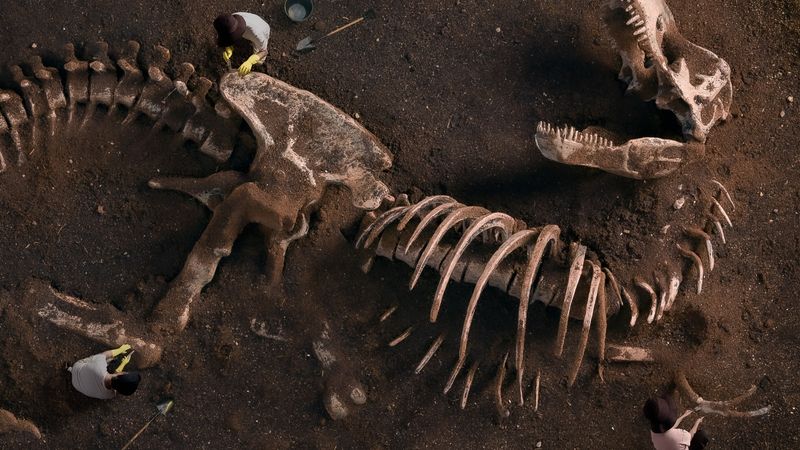
Evolution doesn’t happen overnight. The complex air sac system began developing in early dinosaurs and became more sophisticated over millions of years.
Each improvement allowed for bigger body sizes. By studying fossils from different time periods, scientists can now trace how breathing adaptations directly paralleled size increases throughout dinosaur evolution.
This gradual respiratory revolution explains why dinosaurs – not mammals – dominated the super-heavyweight category.
5. From Small To Giant: How Early Dinosaurs Began To Grow
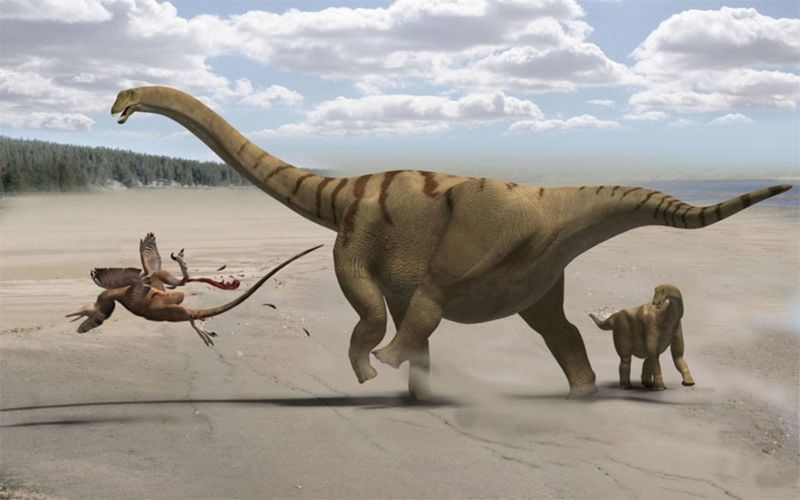
The earliest dinosaurs were surprisingly small – about the size of large dogs. Their transformation into giants began when primitive air sacs first appeared, giving them a metabolic edge over competitors.
This breathing advantage allowed them to process food more efficiently and grow faster. As their respiratory systems improved, dinosaurs could support increasingly massive bodies while remaining active and agile despite their size.
6. Air Sacs Vs. Modern Birds: How Dinosaurs Took Advantage Of The Adaptation
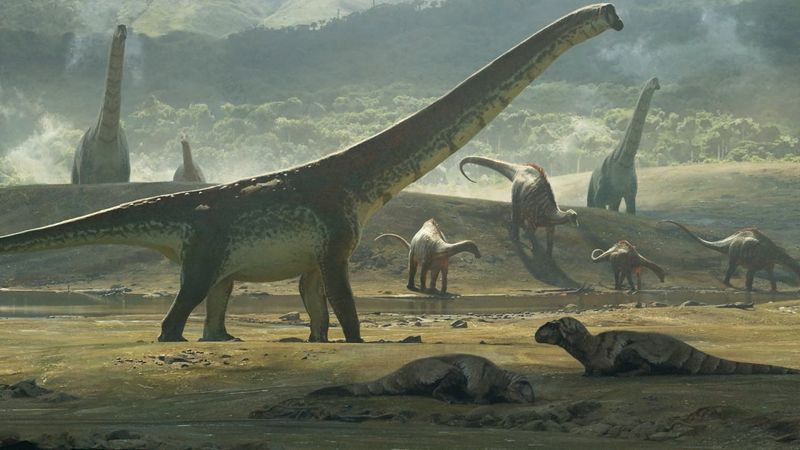
Birds inherited their air sac system from dinosaur ancestors, but use it differently. Modern birds need lightweight bodies for flight, while dinosaurs leveraged the same system to grow massive.
Scientists studying today’s birds can see how this respiratory system works in living creatures. The key difference? Dinosaurs redirected the evolutionary advantage toward size rather than flight, creating giants instead of flyers.
7. The Connection Between Bone Density And Dinosaur Size
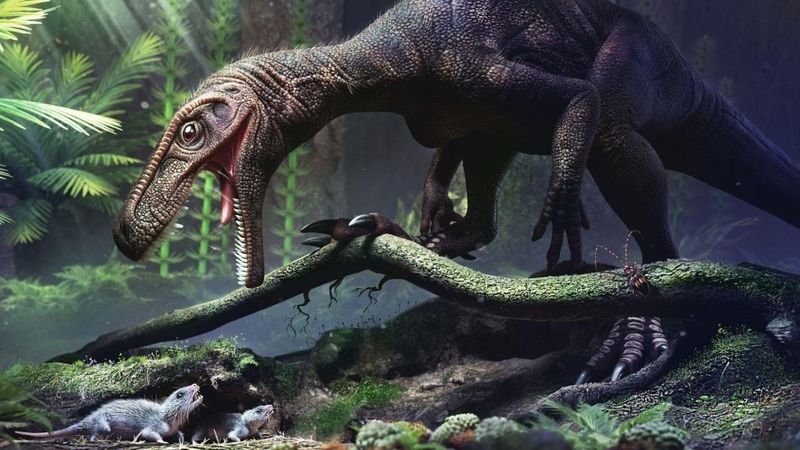
Air sacs didn’t just improve breathing – they actually grew inside dinosaur bones! This created hollow spaces that made skeletons lighter without sacrificing strength.
Lighter bones meant dinosaurs could grow taller and longer without collapsing under their own weight. X-rays of fossils show these honeycomb-like structures throughout dinosaur skeletons, especially in the largest species.
8. What This Discovery Tells Us About Sauropods’ Growth
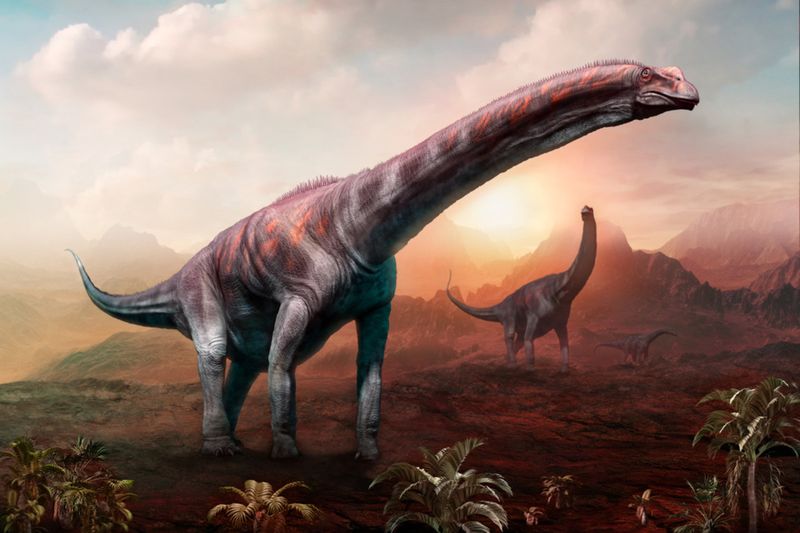
Sauropods – those iconic long-necked giants – reached sizes no land animal has matched since. The new air sac evidence explains how they supported 100-ton bodies and 40-foot necks.
Their super-charged breathing allowed faster growth rates than previously thought possible. Some species grew from hatchling to adult in just a few decades, adding several tons per year during peak growth phases!
9. Implications For The Evolution Of Other Giant Species
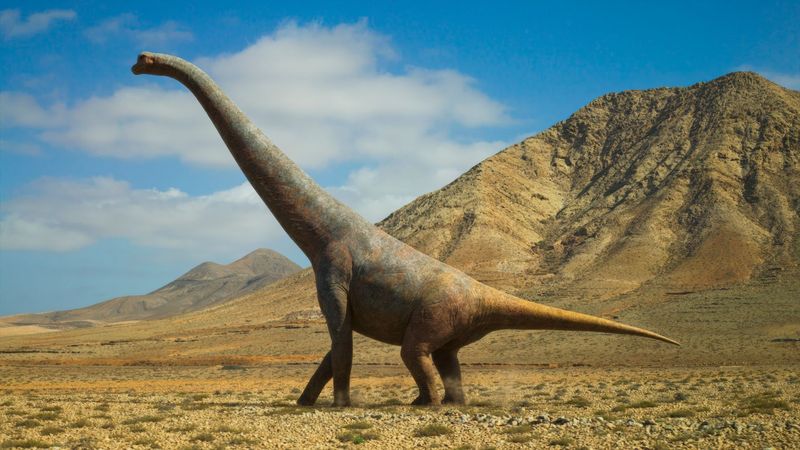
The air sac discovery explains why truly massive land animals haven’t evolved since dinosaurs disappeared. Mammals simply lack the respiratory efficiency to support extreme body sizes.
Even elephants and extinct giant mammals like Paraceratherium hit a ceiling far below dinosaur proportions. Without air sacs, modern animals face stricter size limitations due to oxygen and heat regulation challenges that dinosaurs uniquely overcame.


